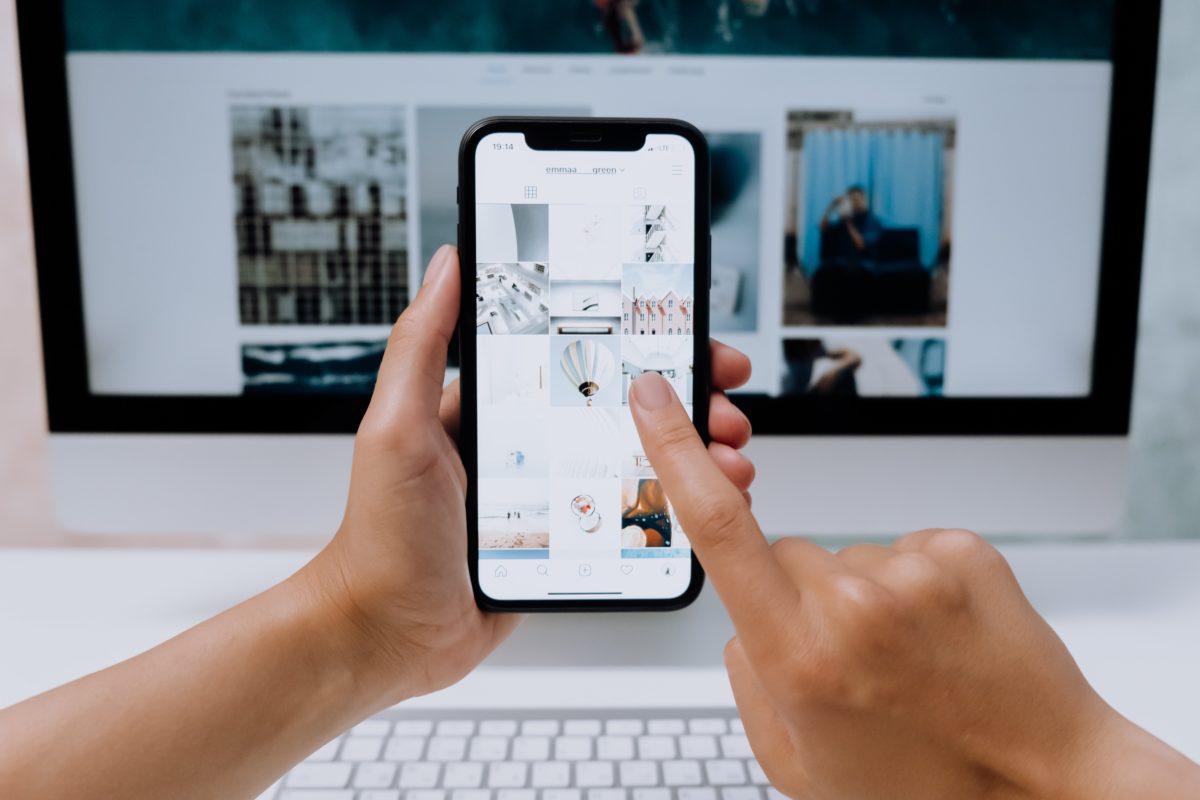Ask anyone and they’ll know a little something about Search Engine Optimization (SEO). And while they may not know the finer details, they know it’s about improving a website’s visibility for search engines and how well it ranks on Google. To do so, it usually involves restructuring, coding and content changes to meet Google’s unknown, yet ever changing requirements.
While you know about SEO, did you know there’s been another player in the field?
Social Media Optimization (SMO) attempts to generate awareness to your brand by strategically creating content and helping that content spread from person to person.
Hence, Social Media Optimization.
While previously SEO and SMO have been viewed as two separate entities, for marketers, the line between the two has all but dissolved.
Why Social Media Optimization Is Important
While SMO is aligned heavily with Twitter, Facebook and Instagram, it also has to do with blogs, community forums and other places where your business is linked to socially. Having a strong SMO strategy will boost your visibility which, in turn, will generate leads and increase sales among your target audience. A properly optimized social media channel builds trust and familiarity with your audience as it can work as an online reference guide for consumers.
Beyond that, social shares are playing a stronger role in calculating ranking. Google’s Hummingbird algorithm places value on content that is relevant, authoritative and shareable. More content shares means a better ranking on Google.
How To Optimize Your Social Platforms
1. Engage with your audience
Focus on being social. First, make sure your social profile is completely filled out in detail. This will give your company a backbone. Before you start posting, make sure all the housecleaning is done. After that, you can further let your audience know who you are by placing your personality in the copy. It’ll make your content pop amidst the masses of updates, tweets and posts happening by the minute.
Create an open dialogue. By finishing up your post with a call to action such as a request to share, a link to follow, or by asking question, it will open up the post and hopefully spark a conversation. Ask your readers to like or share your content. As long as it’s done subtly and organically, there’s nothing wrong with asking for a little love.
Bring in outside opinions. Finally, build trust by partnering with Influencers or other experts. Influencer marketing is becoming more prevalent in today’s digital age and creating long-lasting relationships with local personalities could be that extra push your business needs to launch it skywards and increase your profile.
2. Optimize your posts
Create user-friendly content. This goes without saying, but having unique, engaging and different content will help immensely with engagement. Using a mix of internal and curated content (different sources from around the web) will yield the best results. Don’t post for the sake of posting.You have to make sure what you’re posting holds value and relevance to your readers. A golden rule is that quality will beat out quantity every time.
Use media and links. Posts with images videos and links attached are more valuable than those without. A consumer is drawn more to posts which are visually appealing. Although the same rule applies: Make sure your media is relevant to your copy.
Make use of hash While you can go overboard with hashtags, or use them incorrectly, they’ve become an integral part of any social media campaign. Most of the social sites have integrated hashtags in, allowing us to follow trending topics and giving our posts a larger reach – i.e. people who aren’t following you will still be able to see your posts.
3. Keep up to date with your social media analytics
Optimize your posting schedule: After you’ve ensured your post is completely optimized for your audience, you can then cater towards when they’re going to view it. Sure, your copy might be great, your images appealing and your links sound, but does it matter if no one is seeing it? Just like with SEO efforts, you need to track what you’re doing with SMO. Optimal posting times vary across different platforms and different audiences.
Tools like Google Analytics, UTM codes, Facebook Insights and other data collection services will give you a better idea of your conversion rates, amplification and engagement. I.E: Do people like what you’re sharing and are your posts creating an impact? Knowledge of this will help you tweak future posts to find the time and type of content your target audience reacts to.
Social Media Optimization is an important tool for any marketer, business or brand as it will make a dramatic difference in how you use Facebook, Twitter, Instagram or any other social sharing site. Change your approach to a more strategic one and start seeing better results today.
Categories:
Social Media




